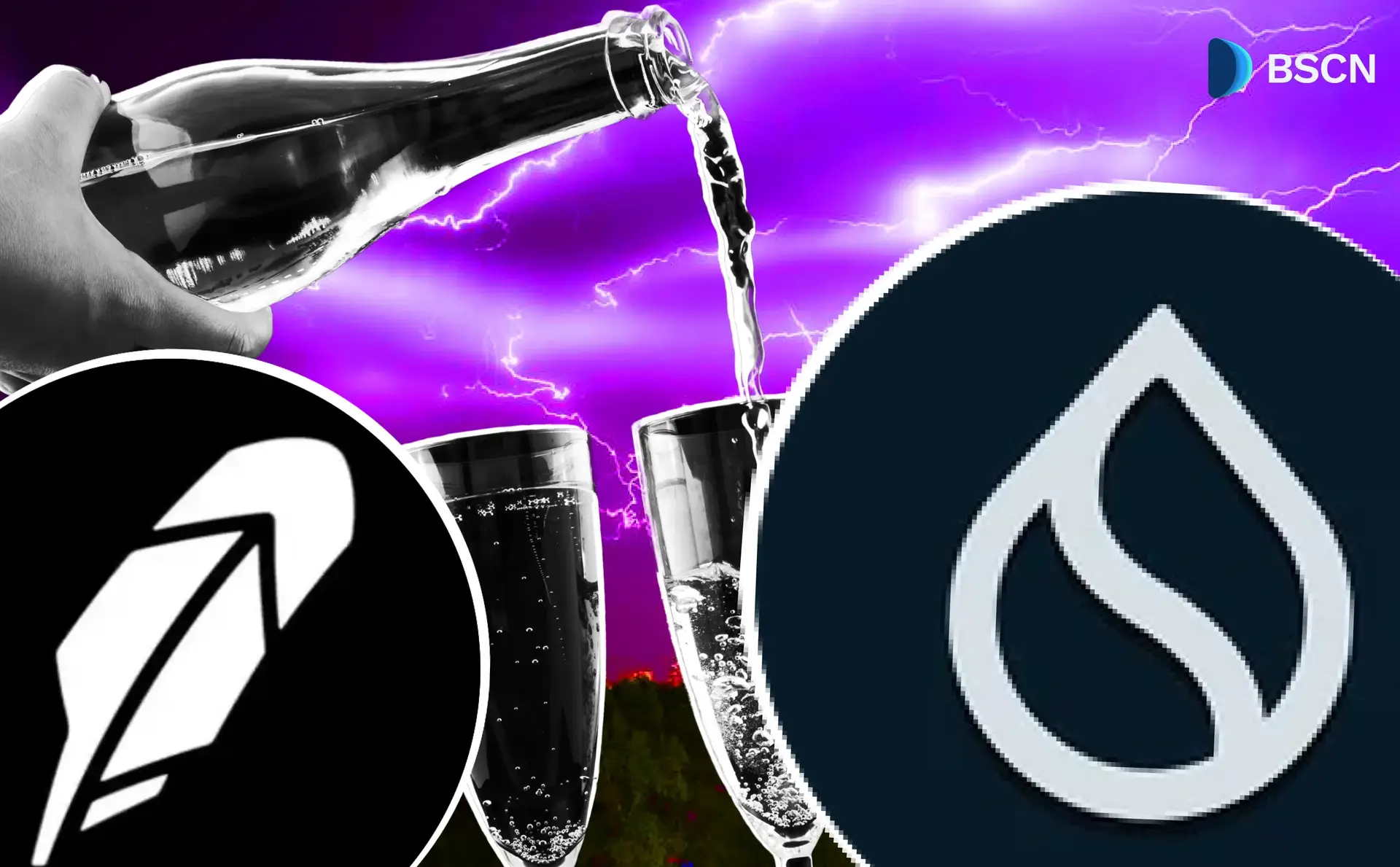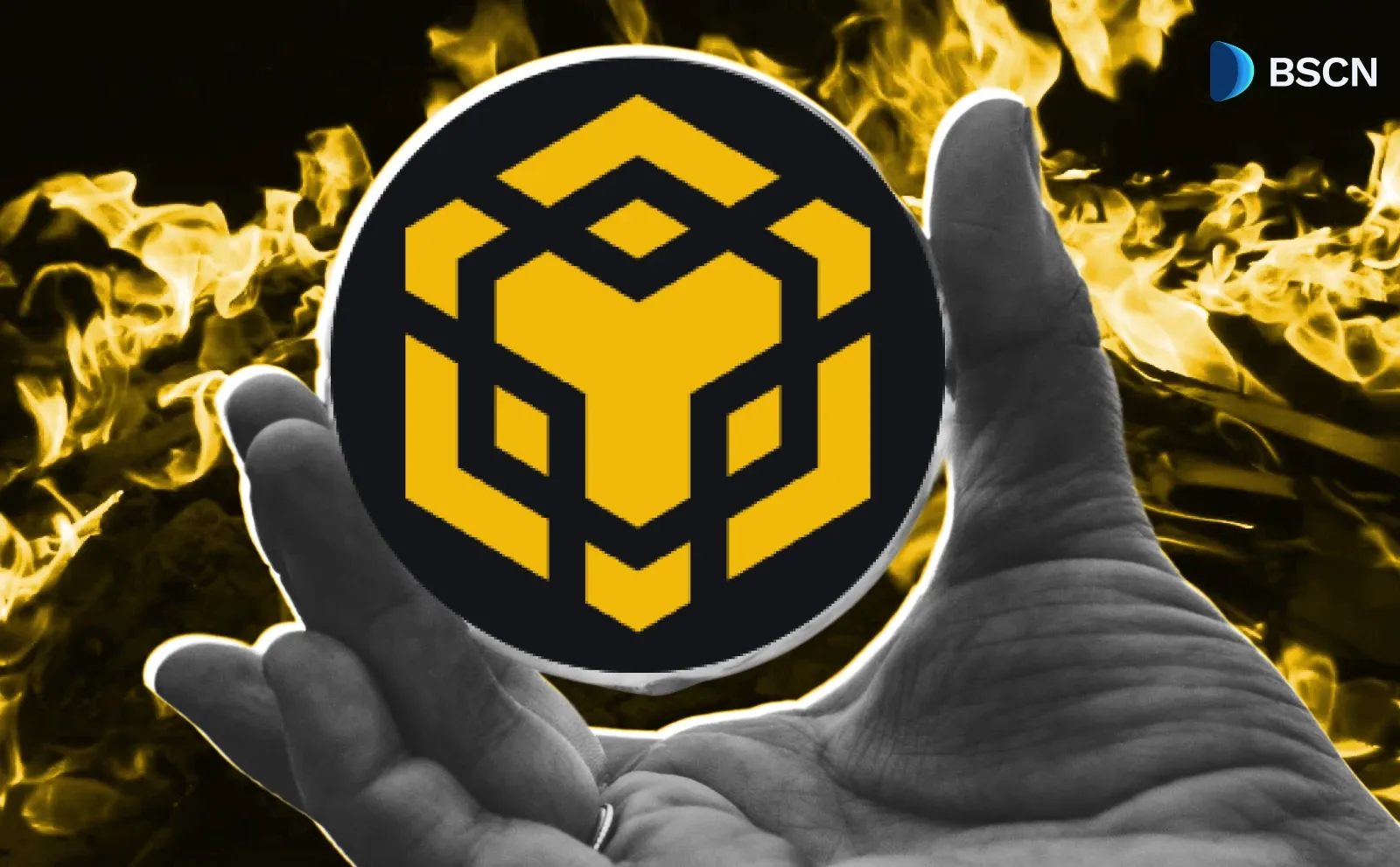News
(Advertisement)
VeChain Hayabusa Upgrade: Details on the Blockchain's Shift to DPoS and Tokenomics Changes

VeChain's Hayabusa upgrade transitions to DPoS consensus, discontinues passive $VTHO rewards, and enhances decentralization, with the mainnet launch projected for late December 2025.
UC Hope
September 2, 2025
(Advertisement)
Table of Contents
The name Hayabusa, derived from the Japanese term for peregrine falcon, underscores the focus on speed and precision in blockchain operations. VeChain's Hayabusa upgrade is the second phase of the project's Renaissance roadmap, which transitions the VeChainThor blockchain from a Proof-of-Authority (PoA) consensus mechanism to a Delegated Proof-of-Stake (DPoS) model while revising the tokenomics for $VET and $VTHO tokens. This update aims to increase decentralization, adjust reward distribution, and reduce inflation in the ecosystem.
For the VeChain ecosystem, the Hayabusa upgrade signifies a shift toward broader participation in network validation, where holders of at least 25 million $VET can become validators, and others can delegate their stakes to earn rewards. It eliminates passive $VTHO generation for $VET holders, tying rewards strictly to staking activities. This change supports enterprise applications in supply chain management and sustainability by creating a more secure and efficient network.
The upgrade also integrates with programs like StarGate, which offers tiered staking options starting at 10,000 $VET for a Dawn Node, and provides bonus rewards of 5.48 billion $VTHO over six months.
Overall, this phase positions VeChainThor as a Layer 1 blockchain with enhanced scalability for sectors such as DeFi and real-world asset tracking, building on existing partnerships with entities including Walmart, Boston Consulting Group (BCG), UFC, and Franklin Templeton. With over 4 million users engaged through applications like VeBetterDAO, the upgrade seeks to align incentives for long-term network growth.
What does the Hayabusa Upgrade Mean?
The core of the Hayabusa upgrade involves migrating from PoA to DPoS consensus. Under the current PoA system, a limited set of authority nodes validates transactions, which has provided stability but centralized control. The shift to DPoS allows any user with 25 million $VET to operate as a validator, while delegators can stake smaller amounts and vote for preferred validators. This distributes validation power more widely, enhancing network security and resilience. Validators in the DPoS model earn rewards based on their stake and performance, with delegators sharing in those earnings. The change is expected to make VeChain more attractive for institutional users, as it reduces reliance on a fixed group of nodes and encourages community involvement.
To support this transition, VeChain has integrated tools like the VeWorld wallet for managing stakes. Partnerships play a crucial role here, including custody services from BitGo, which offers $250 million in insurance for staked assets, and liquidity provisions from Crypto.com for over-the-counter trading, as well as Keyrock serving as a validator. These collaborations facilitate secure participation, particularly for larger holders. The DPoS model also incorporates dynamic reward adjustments, where transaction fees in $VTHO contribute to the reward pool, creating a system where network activity directly influences returns.
Tokenomics Overhaul for $VET and $VTHO in Hayabusa
A key aspect of the Hayabusa upgrade is the revision of tokenomics for $VTHO, the gas token used for transactions on VeChainThor. Previously, $VET holders received passive $VTHO generation automatically, which contributed to inflation. The upgrade removes this feature, making $VTHO rewards available only through staking. This creates a deflationary effect, as unclaimed or burned $VTHO from transactions reduces overall supply. Staking now occurs through the StarGate program, which includes tiers such as Dawn Node, with a minimum of 10,000 $VET, offering participants a share of the 5.48 billion $VTHO bonus pool distributed over six months.
The tokenomics changes tie $VTHO value more closely to network demand. As transactions increase, fees paid in $VTHO are partially burned and partially redistributed to stakers, thereby enhancing the scarcity of $ VTHO. For $VET, the governance token, this means potential value accrual through reduced inflation and increased staking incentives.
Holders must actively stake to generate $VTHO, aligning user behavior with network health. This setup supports VeChain's focus on sustainability, as it encourages efficient resource use in blockchain operations.
Additional ecosystem enhancements include EVM compatibility and JSON-RPC improvements, which developers can test during the upgrade process. These technical updates enhance VeChainThor's interoperability with other blockchains, enabling the development of cross-chain applications.
Timeline for VeChain Hayabusa Upgrade Rollout
The Hayabusa upgrade followed a structured governance process. The proposal was launched on VeVote, VeChain's governance platform, in mid-August 2025. Voting began on August 18 and achieved unanimous approval by August 25, with a quorum reached in just five hours. This demonstrated strong stakeholder consensus.
The testnet phase commenced in early September 2025, enabling developers to evaluate the new consensus and tokenomics mechanics. Mainnet activation is scheduled for late December 2025, pending the resolution of any issues that may arise during the testing phase. One report suggested a Q3 rollout, but most sources confirm a Q4 rollout.
Conclusion
The Hayabusa upgrade equips VeChainThor with DPoS consensus for decentralized validation, staking-based $VTHO rewards to control inflation, and integrations like StarGate for user participation. It supports enterprise use cases through partnerships and technical enhancements, with a rollout timeline extending to late 2025.
In the meantime, market analysts, including Michaël van de Poppe, have noted the upgrade's potential impact on $VET pricing, suggesting a breakout above $0.03 if tokenomics improvements draw more demand. As of September 2, 2025, $VET trades at $ 0.023, consolidating amid general market conditions.
Sources:
- BeInCrypto - VeChain's Renaissance Upgrades and Growth: An in-depth look - https://beincrypto.com/learn/vechain-renaissance-upgrade/
- VeChain Official - The VeChain Renaissance 2025 Roadmap: Evolving Greatness - https://news.vechain.org/articles/the-vechain-renaissance-2025-roadmap-evolving-greatness
- VeChain Price Today: https://coinmarketcap.com/currencies/vechain/
Read Next...
Frequently Asked Questions
What is the VeChain Hayabusa upgrade?
The VeChain Hayabusa upgrade shifts the blockchain to DPoS consensus and revises $VTHO tokenomics to staking-only rewards, enhancing decentralization and reducing inflation.
When will the VeChain Hayabusa mainnet launch?
The mainnet for VeChain's Hayabusa upgrade is targeted for late December 2025, following testnet in early September 2025.
How does Hayabusa affect $VET holders?
Hayabusa ends passive $VTHO generation for $VET holders, requiring staking via programs like StarGate to earn rewards, with minimums starting at 10,000 $VET.
Disclaimer
Disclaimer: The views expressed in this article do not necessarily represent the views of BSCN. The information provided in this article is for educational and entertainment purposes only and should not be construed as investment advice, or advice of any kind. BSCN assumes no responsibility for any investment decisions made based on the information provided in this article. If you believe that the article should be amended, please reach out to the BSCN team by emailing [email protected].
Author
 UC Hope
UC HopeUC holds a bachelor’s degree in Physics and has been a crypto researcher since 2020. UC was a professional writer before entering the cryptocurrency industry, but was drawn to blockchain technology by its high potential. UC has written for the likes of Cryptopolitan, as well as BSCN. He has a wide area of expertise, covering centralized and decentralized finance, as well as altcoins.
(Advertisement)
Latest News
(Advertisement)
Crypto Project & Token Reviews
Project & Token Reviews
Comprehensive reviews of crypto's most interesting projects and assets
Learn about the hottest projects & tokens

















